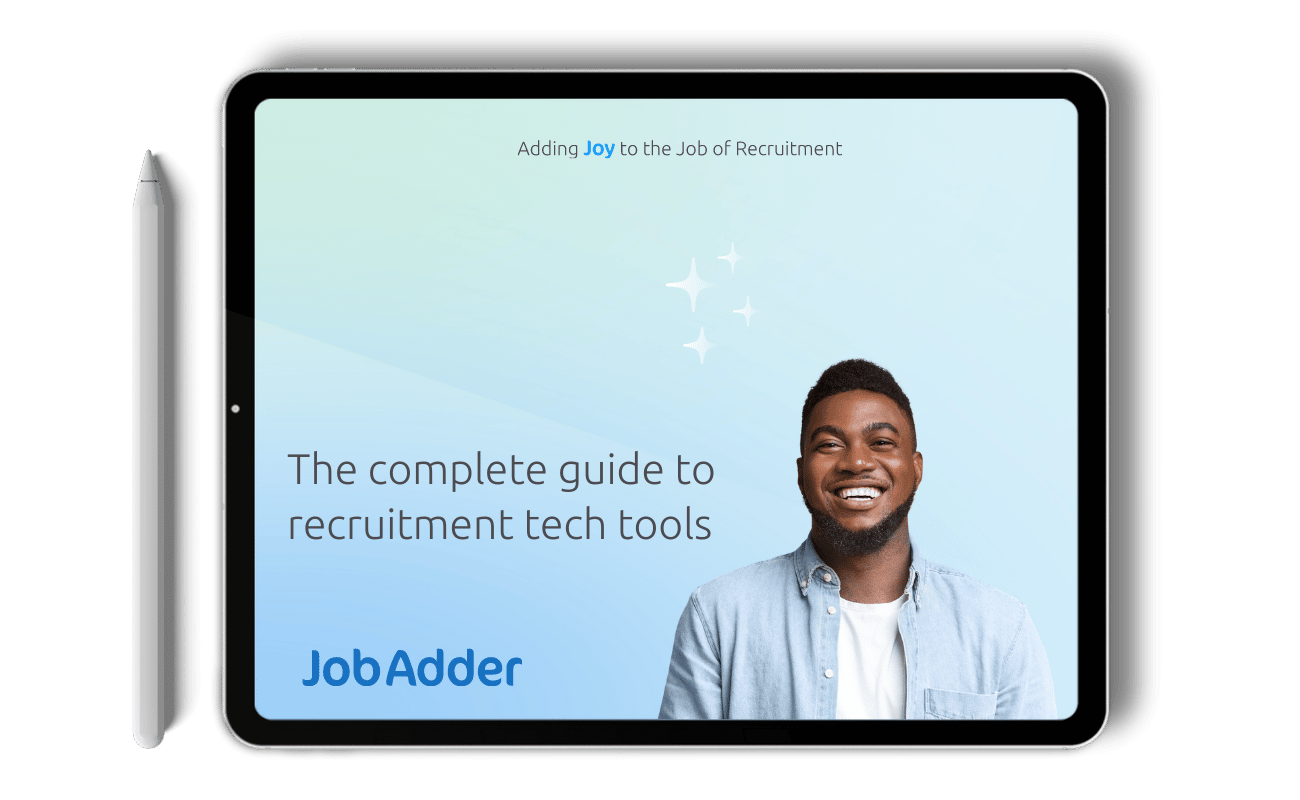Recruitment Blog
4 employee engagement ideas for a distributed workforce

Cast your mind back to 2011…
Only a decade ago employees would take their packed lunches and commute to offices with their colleagues where they would work at the same desk for eight hours a day, five days a week. They would engage in water cooler chat with their co-workers and leave strongly-worded notes in the lunchroom telling colleagues to clean up after themselves.
Fast-forward to the present and you can see just how the modern workforce has changed. Employees have swapped their desktop computers for laptops, communal offices for living room tables and businesses have dispersed their workforce to all corners of the globe.
This distributed workforce is a direct result of communication technologies, such as video conferencing, cloud storage and team chat apps – which power these virtual teams. It’s what allows teams on opposite sides of the world to effectively collaborate on projects and businesses to operate in different locations and timezones.
Despite all of the benefits that come with a geographically distributed workforce, including increased flexibility, productivity and work-life balance, employers will need to ensure that they maintain employee engagement if they want to get the most out of their people. This is an objective that comes with its own set of challenges for virtual teams, which is why we have compiled a list of four employee engagement ideas for a distributed workforce.
ACCESS OUR FREE EBOOK: The complete guide to recruitment tech tools
Employee engagement ideas
1. Encourage communication
One of the most important things you can do when trying to increase employee engagement in a distributed workforce is to encourage communication. Whether it’s by utilising video conferencing through Zoom, Google Meet or Skype, or even introducing communication channels like Slack, Teams or WhatsApp, you can allow employees to connect with colleagues and foster better working relationships, which will in turn boost employee engagement.
According to a recent study by Gallup, the percentage of engaged workers during 2020 was 36%, while 54% of employees were “not engaged”. This could significantly impact the performance of businesses, as it’s been proven that companies with higher employee engagement are 21% more profitable.
2. Host virtual meetups
Whether it’s a daily virtual coffee break, or a frequent happy hour mixer, giving virtual teams the chance to socialise online (or in-person if it’s possible) is a great way to connect your team, no matter where they’re located.
Even if your workforce is scattered across different locations, companies should try to get all team members involved in these virtual meet ups – as it’s important for morale and will improve employee engagement. Employees with friends or social connections at work tend to have higher engagement and loyalty, which directly works to build a stronger company culture.
An example of a creative way to bring your team together to form those social connections would be to host a virtual trivia event or quiz. This will also help to foster relationships, as you can segment employees into teams, so they’re all working together to a common goal.
3. Recognise a job well done
Recognition at work leads to higher levels of motivation and 84% of employees who were recognised for a job well done showed signs of much higher engagement.
Creating a culture of recognition in the workplace helps to drive employee engagement, as employees are able to see how their individual work fits into the ‘bigger picture’ of the company. There is nothing less motivating than work for work’s sake, so understanding that your work is contributing to the success of the team and the wider company.
This is especially important for a distributed workforce, where many of your employees may be working day in and day out by themselves at home, or on-location with restrictions in place. It’s motivating to know that your individual effort is recognised and appreciated by the company. It’s even better if you can reward that effort.
So, how do you recognise and reward your employees?
It can be as simple as a shout-out in a company-wide email, or you could develop a monthly awards program to motivate your team and give them something to strive for each month.
4. Provide opportunities to upskill
According to a recent Hays survey of 1253 employees, 96% of people consider upskilling ‘important’ or ‘very important’. In fact, 84% of those surveyed would not consider a role without skill development opportunities and almost half of these people would not join a company that didn’t provide further training opportunities.
Upskilling is one of the most desirable workplace benefits in 2021, which is why it’s in your best interest to invest in your people. Not only will it enhance employee happiness and engagement, but it will improve employee retention, as your staff will be more likely to stick around.
Before you start to panic, thinking of all the hours you’ll need to set aside for upskilling of staff, you’ll be glad to know that it can take as little as an hour a week to satisfy your employee’s learning needs. This type of training is referred to as ‘micro learning’ and it breaks training down into small, bite-sized chunks. Each lesson typically includes a short text or video component, followed by a quick assessment, and takes around 10-20 minutes to complete.
Maintaining employee engagement in today’s digital workforce is no simple task. With employees scattered to the four winds, it can be difficult for companies to heighten employee engagement. However, by implementing some (or all) of these employee engagement ideas for a distributed workforce, you can start to nurture a culture of engaged employees and company loyalty for years to come.
We like to host guest blogs from our expert integration partners so you’ll find that this blog was originally published by Ento here.
Want to invest in tech tools that simplify your sourcing and save time? Our guide can help…

Related blog posts

By Nina Mapson Bone Recruitment KPIs In over a quarter of a century of working in recruitment, I’ve worked in …
Ready to get started?
Talk to one of our friendly team members


